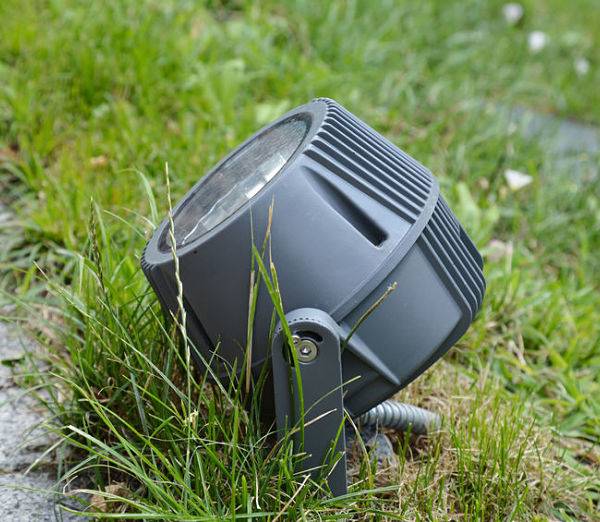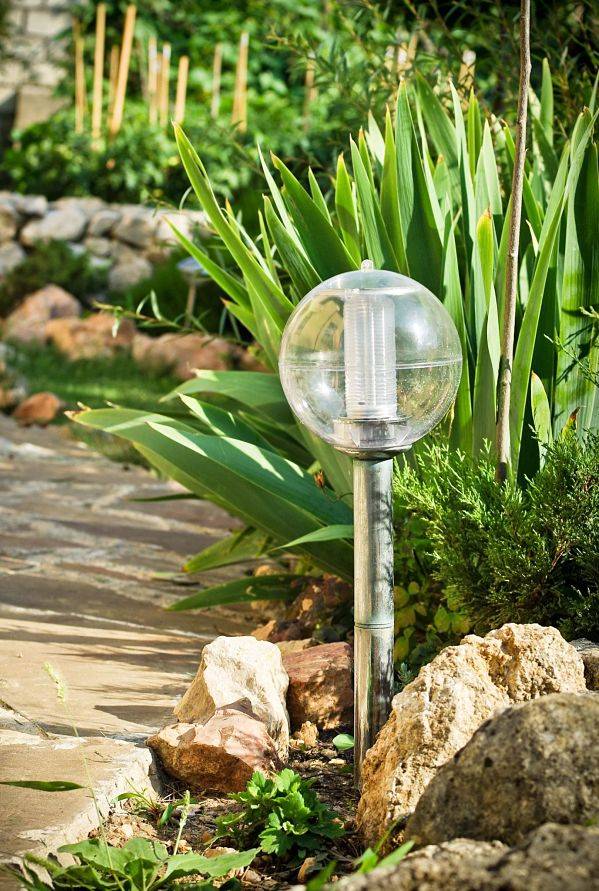Understanding Landscape Lighting
Choosing between landscape lighting and low voltage floodlights can be challenging. Both illuminate your yard effectively and highlight important features.
Both often run on low voltage transformers, drawing less energy and offering more safety than high voltage options.
However, key differences exist between these two lighting types.
Here's what you should know about landscape lighting spot vs flood low voltage lighting.
Types of Landscape Lighting

Landscape lighting refers to a large variety of different types of lighting. Path lighting casts small pools of light just bright enough to let you see where you are walking.
Lighting designed to highlight trees may shine up into the branches to turn any tree into a beautiful work of art. Lights may also shine down from trees. This effect casts shadows from tree limbs and replicates the look of natural moonlight.
Landscape lighting may float in ponds to illuminate the water. It may shine into flower beds so that you can enjoy the color of flowers even at night.
One characteristic that is common among all landscape lighting is that the pools of light tend to be small, focused, and not excessively bright.
What is Spot Landscape Lighting?
Designed to illuminate specific areas, landscape lighting spotlights focus on particular spots in your landscape.
When you compare landscape lighting spot to flood low voltage lights, you'll notice that landscape lighting brightens small, well-defined areas, whereas floodlights emit a wide beam of light, covering a much larger area.
Understanding Flood Lights
The names do a good job of describing the differences when considering landscape lighting spot vs flood low voltage lights. Spotlights illuminate a relatively small and focused area, or spot, of light. Floodlights overflow boundaries just as a flood would overflow a waterway. The large expanse of light may illuminate a space so that it is as bright as daylight. Floodlights may also spread and send more diffuse light across a wide area, dimly illuminating the space to keep it from being pitch black but far from the brightness of daylight. Either of these effects may be useful for different purposes.
When Bright Floodlights are Appropriate
Floodlights bright enough to replicate daylight are often utilized in ndustrial or business settings when work must be done by night. They can serve the same purpose if you have an outdoor area near your shed or garage that you may use for doing work at night.
Bright floodlights are also used to illuminate large areas for security purposes, such as a driveway or a patch of street outside of your home that does not have sufficient street lights. If you are trying to deter crime, bright floodlights on the entry points to your property or home can be very effective.
When Dimmer Floodlights are Appropriate
Most of the time, you'll want the floodlights at your home to be considerably dimmer. You don't want to make your landscape look as though it is daylight. Rather, you want to accentuate the beauty of the nighttime and increase the functionality of your spaces.
A good example of when dim floodlights are appropriate is if you want to illuminate the entirety of a porch or patio space. Another good choice is for patches of lawn where you may want to be able to play a game of catch or frisbee as the light fades.
Talk To A Professional Today

Landscape Lighting Spot vs Flood Low Voltage
There are several important differences when comparing landscape lighting spot vs flood low voltage, so how can you pick what will be the best choice for your landscape? Here are a few important points to consider.
How Big is the Space That You Want to Illuminate?
The primary difference between floodlights and spotlights is the amount of space that is illuminated by each. Measure the space that you want to illuminate and make sure that the space will look best when lit continuously as opposed to having smaller pools of light throughout.
For instance, if you want to illuminate a patch of lawn, you could either use a floodlight to illuminate the entire lawn or use a series of spotlights to provide pools of light near enough together that the effect is to illuminate the entire area.
Are Your Goals Primarily Functional or Aesthetic?
Floodlights are a highly effective way to light a large area with minimal fixtures. However, the effect is often more utilitarian than artistic. Larger lit areas are unable to accentuate particular aspects of your landscape and while they can make a space much more functional, they rarely have an attractive presentation.
On the other hand, landscape lighting draws attention to the best aspects of your landscape in ways that can be very artistic. Gentle pools of light are often more aesthetically pleasing than large areas covered with light.
Installation Cost and Effort
It generally takes only one or two floodlights to accomplish your lighting goals for a space. Because floodlights cover such a large area and tend to be fairly bright, usually only several are necessary. They are often installed against a building, where wiring and installation are both quite convenient and do not require significant hiding of wires.
On the other hand, landscape lighting can be quite simple or very complex, depending on the goals of the homeowner. On average, at least half a dozen or so landscape lights are needed to accomplish the desired effect, even in relatively small spaces. In larger spaces and depending on lighting goals, as many as a hundred landscape lights may be used.
Landscape lighting that is installed into the ground generally require that wires be buried from the transformer to the lights. Lighting installed into trees needs wiring to be kept hidden against the trunk and buried from the tree to the transformer.
Individual floodlights may cost more than individual landscape lights, but because of the reduced number of floodlights needed and the relative ease of installation, they often end up being more affordable than landscape lighting for the same amount of space that is lit.
Landscape Lighting Spotlights
Low Voltage Floodlights
Requires from as few as 6 to as many as 100 individual fixtures in order to achieve the desired effect
Usually only requires one or two fixtures in order to light the desired area
Create small, focused pools of light that tend to have an aesthetically pleasing effect
Create large areas of light that often recreate daylight
Installation may be very simple or quite complex, depending on the number and type of lights that need to be installed
Installation is generally quite straightforward, as lights are so often installed on buildings
Usually requires at least some wiring in order to be installed effectively
Effective versions available that work by simply being plugged into an available outlet
Should You Install Landscape Lighting or Floodlightis Yourself or Hire a Professional?
If you're an avid do-it-yourselfer, you may be considering installing your own landscape lights or floodlights. It is possible to install either type of light yourself, but unless you are a skilled electrician, it may be best to hire a professional, depending on the type of effect that you are going for.
Even low voltage lights do carry a risk of electric shock, so care must be taken in your installation. Landscape lights need to be wired individually and wired to the transformer, and wiring generally must be buried at least six inches underground when it is run through a grass lawn.
It can be challenging to determine the amount of voltage that you need for the number and strength of lights that you are installing. When done improperly, lights at the end of the wire will be less bright than those at the beginning. Floodlights can often be installed more easily, especially if you don't mind a cord being visible, but if you want to create a built-in effect where floodlights integrate seamlessly into your home, shed, or garage, it may be necessary to run wiring through the wall of the building, which may be better left to the professionals.
Call American National Sprinkler & Lighting for Your Landscape Lighting Needs
American National Sprinkler & Lighting has been installing gorgeous lighting systems since 1984. They know exactly what your property needs in order to achieve your lighting goals using the least amount of energy. Unlike self-installed systems which can be extremely difficult to troubleshoot, systems by American National are designed to last for years with minimal maintenance.
American National stands by their work. If you have any trouble, they're more than happy to address the problem and get your lights looking like new again.

